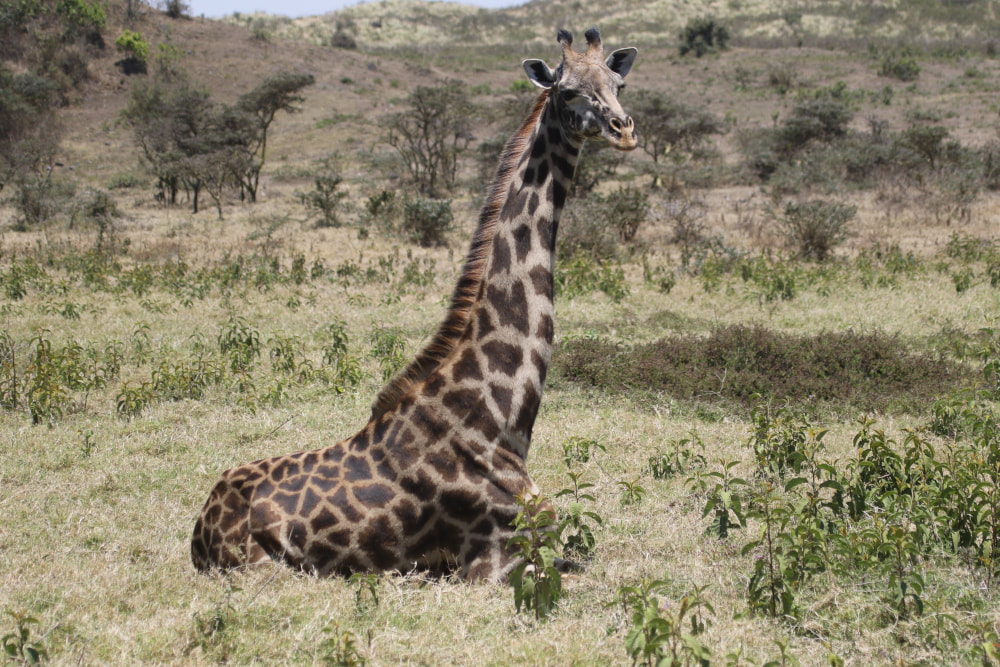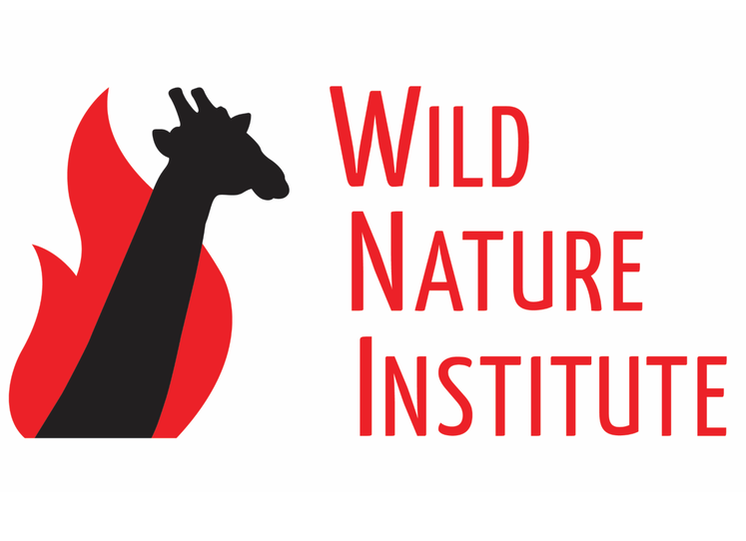How the Masai giraffe population has changed over 40 years in Tanzania’s Arusha National Park1/20/2023 Giraffes are Tanzania’s national animal and beloved around the world. Despite their popularity, however, populations of the Masai giraffe have declined by 50% since the 1980s to about 35,000 individuals, and they are now considered to be endangered. Masai giraffes are found in Arusha National Park in northern Tanzania and are an important part of the attraction of the park, contributing to the country’s economy. Urban development of Arusha city and agricultural expansion have caused Arusha National Park to be increasingly isolated from other protected areas in northern Tanzania, but the current status of giraffes in the park was not known. In a new paper published in the African Journal of Ecology, scientists from Pennsylvania State University, University of Zurich, and Wild Nature Institute enumerated individual giraffes in Arusha National Park to see how well these iconic megaherbivores were doing compared to 40 years ago. The only previously published data on the Masai giraffe population of Arusha National Park were from 1979 and 1980, 20 years after the park was established. In the new paper, scientists monitored individual giraffes in Arusha National Park from 2021 to 2022 to provide an update on the current population size, population sex and age structure, and movements. The giraffes were identified individually by their unique spot patterns. The scientists also collected DNA from dung samples to assess the genetic connectivity of the park’s giraffes with other giraffe populations in the region. The scientists documented a 49% population decline—similar to the overall decline of the Masai giraffe throughout its native range in Tanzania and southern Kenya—and changes in the age distribution, adult sex ratio, reproductive rate, and movement patterns relative to the previous study. Mitochondrial DNA analysis revealed genetic connectivity between Arusha National Park and other Masai giraffe populations east of the Gregory Rift Escarpment in northern Tanzania and south-eastern Kenya, providing evidence that Masai giraffe once moved widely across the landscape.
“Every giraffe population matters,” said Dr. Derek Lee, associate research professor at Pennsylvania State University, co-founder of the Wild Nature Institute, and the study’s lead author. He recommended that “the Arusha National Park giraffe population could be helped through community conservation efforts supporting indigenous communities outside the park that empower local law enforcement and provide tangible economic benefits of wildlife protection.” However, additional measures should be taken to secure the future of the giraffes in Arusha National Park. “We not only need to safeguard individual animals,” noted Dr. George Lohay, a geneticist from Pennsylvania State University and co-author of the study. “We also need to maintain and restore habitat connectivity with other populations to keep needed gene flow for genetic diversity.” Dr. Monica Bond, a postdoctoral research associate at University of Zurich, Wild Nature Institute co-founder, and senior author of the study, noted that protecting giraffes helps other animals as well. “The giraffes’ large body size and large space use needs make them particularly vulnerable to extinction,” she stated, “but actions to protect them will also benefit smaller species that share the same savanna habitat.” Lee, D. E., Lohay, G. G., Madeli, J.,Cavener, D. R., & Bond, M. L. (2023). Masai giraffe population change over 40 years in Arusha National Park. African Journal of Ecology, 00, 1–9. https://doi.org/10.1111/aje.13115
0 Comments
Your comment will be posted after it is approved.
Leave a Reply. |
Science News and Updates From the Field from Wild Nature Institute.
All Photos on This Blog are Available as Frame-worthy Prints to Thank Our Generous Donors.
Email Us for Details of this Offer. Archives
July 2024
|
|
Mailing Address:
Wild Nature Institute PO Box 44 Weaverville, NC 28787 Phone: +1 415 763 0348 Email: [email protected] |
|


 RSS Feed
RSS Feed
